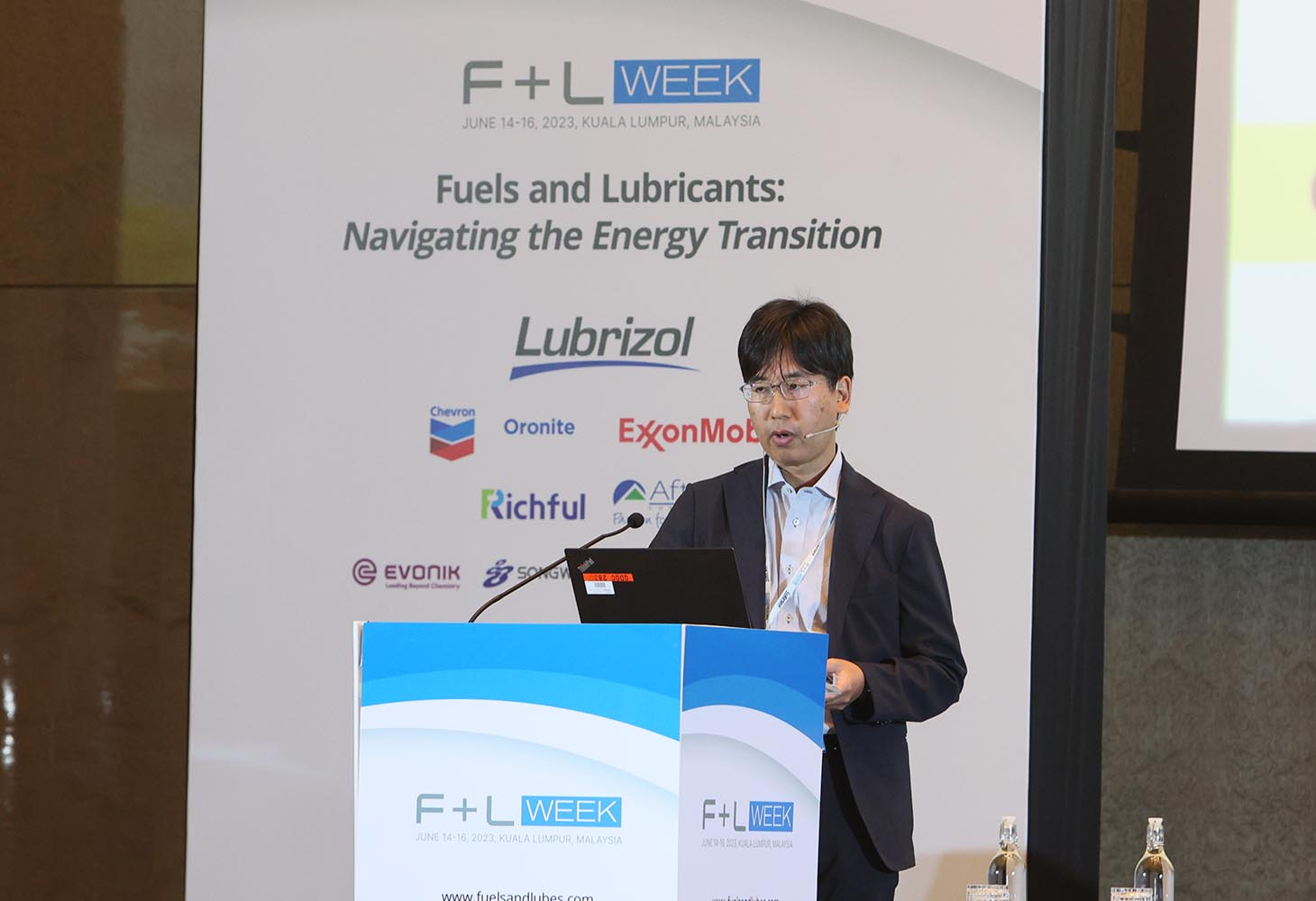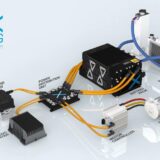
Toyota develops low-vis transaxle fluid for next-generation EVs
Electric transaxles are often found in electric vehicles (EV) where they combine the functionality of the transmission, differential, and drive axles with an electric motor. The trouble is, the transaxle accounts for a relatively high proportion of energy loss that occurs in an electrified vehicle. Lubricating oils are used in transaxles not only for lubricating gears and bearing, but also to directly cool the motors.
“It is possible to significantly reduce transaxle loss by lowering the oil viscosity,” says Takatoshi Shinyoshi, group manager, Electrification & Environment Material Engineering Division at Toyota Motor Corporation in Japan. Shinyoshi outlined Toyota’s development of a new ultra-low viscosity transaxle fluid for electric vehicles during the recently completed F+L Week 2023, at the Four Seasons Hotel in Kuala Lumpur, Malaysia.
Toyota’s newly designed fluid, formulated using adapted Group III mineral oil, is effective in reducing transaxle loss and improving the efficiency of electrified vehicles, says Shinyoshi. It will also contribute to the realisation of carbon neutrality in the future, he says.
The transaxle fluid demonstrated reliability while reducing the viscosity to 12.2 [mm2/sec]. Fuel efficiency improved by 1% and motor cooling performance improved by 4% compared to automatic transmission fluid (ATF).
Lowering viscosity can cause durability issues such as wear and seizure, due to the thickness of the lubricating oil film on metal sliding. Shinyoshi emphasised that the transaxle fluid satisfied anti-wear/seizure durability in the high-speed and differential test. Oil film-forming polymer and phosphorus anti-wear agents were added to improve anti-seizure, he says. The detergent additive was changed from calcium (Ca) type-A to Ca type-B to improve fatigue life. Fatigue life was higher than ATF in the fatigue evaluation test of gears and bearings.
Shinyoshi indicated that the new transaxle fluid will be gradually rolled out in plug-in hybrid electric vehicles, battery electric vehicles and fuel cell electric vehicles, starting with Toyota’s next generation of hybrid electric vehicles.














